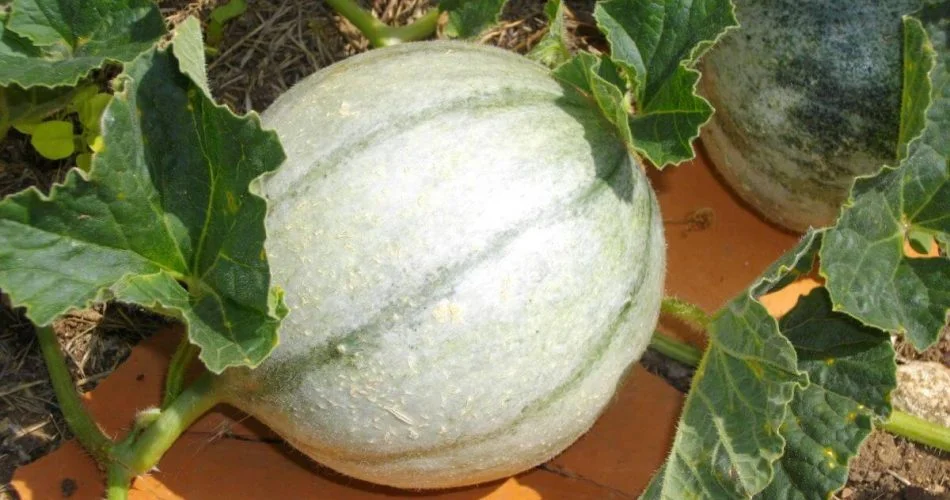8 essential tips for growing sweet melons
Melon quality (taste, aroma, texture) is better when the sugar content of the fruit is high. Sweet melons need lots of sun, warm temperatures, sufficient water and freedom from diseases and pests. Sugar content is rated on the Brix scale, which measures the percentage of solids (everything that is not water) in the juice extracted from fruit. These solids not only include sugars, but also amino acids, proteins, minerals and vitamins. In other words, sweeter fruits also have more complex flavors and a better nutritional profile.
The Brix index, often abbreviated to “Bx”, is the result of the interaction between genetics, climatic conditions, soil conditions and degree of ripeness. Below are some helpful tips on how to use these strengths to grow the sweetest melons possible.
1) Choose the sweetest varieties
Some melons are naturally sweeter than others, due to their genetic makeup. Some seed suppliers list the average Brix value of their melon, but for many common varieties this information is easily obtained with a quick Internet search. A Brix value of 12 is considered pleasantly sweet, 14 very sweet, and 16 too sweet.
2) Sow the seeds early in the season
A long, warm growing season is necessary to achieve optimal ripeness and therefore good sugar content. Start germinating melon seeds indoors in 10cm pots at least six weeks before the average last frost date in your area, so that the seedlings are already well established when warm weather arrives. If you plant the seedlings outdoors in cool weather, their growth will stunt, so wait a few weeks after the average last frost date to do so, or until night temperatures are consistently above 15°C.
3) Find your warmest microclimate
Heat brings out the sugars in melons, so plant them in a location that warms up in early spring and stays warm until late September. The south side of a fence or wall is ideal, as the structure absorbs the sun’s heat and light and reflects it onto the melons. Placing melons near a sunny brick patio or other paved surface also helps create a warm microclimate for these tropical plants. These measures are not necessary in the south of France, but in cooler climates melons need all the help they can get to reach optimum ripeness.
4) Emphasize the sun’s rays
There’s nothing you can do to change the climate you live in or the amount of sun in your garden, but there are some tips on how to make the most of the heat available in each location. An essential tip is to cover the soil of the melon beds with black plastic garden sheets, which retain heat like an asphalt surface. To create a mini-greenhouse, you can also place clear plastic or clear fabric covers over the melon beds. These should be removed in early summer, when the plants begin to flower, so that insects can pollinate the flowers. Cover the beds again in late summer to ensure optimal maturation in the cold.
5) Don’t overcrowd melon plants
Melons grow on sprawling vines and do not ripen efficiently when grown in confined spaces. Seedlings are usually planted in piles (three to a pile) 60 cm apart in 180 cm rows. Thin the fruit to three melons per vine, so as to recover more nutrients (and therefore sugars) in each melon. If space is a problem, build a sturdy trellis and place the melons on the south side: this saves space in the flowerbed and puts the fruit in better contact with the sun’s warm rays.
6) Sugar content starts in the soil
Sugar is produced in the leaves through photosynthesis and then sent to the fruits. The more abundant the leaf growth, the higher the Brix index. To encourage vigorous growth, mix 4 to 6 inches of composted manure into your melon beds before planting. Then add a






